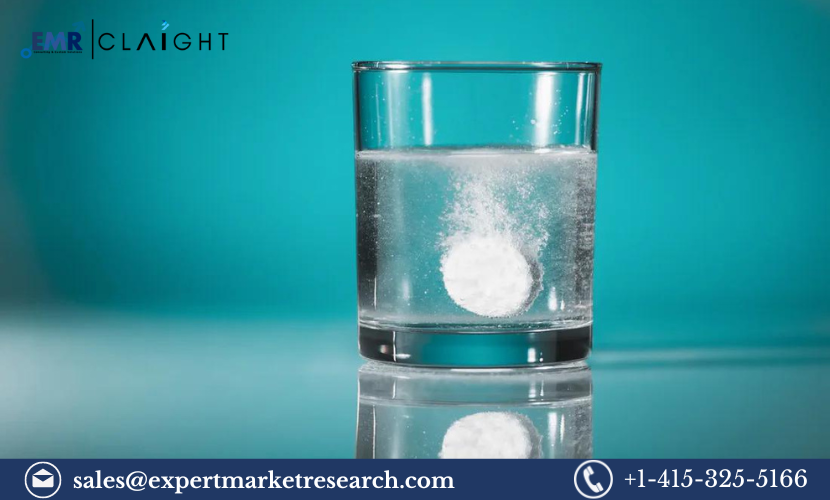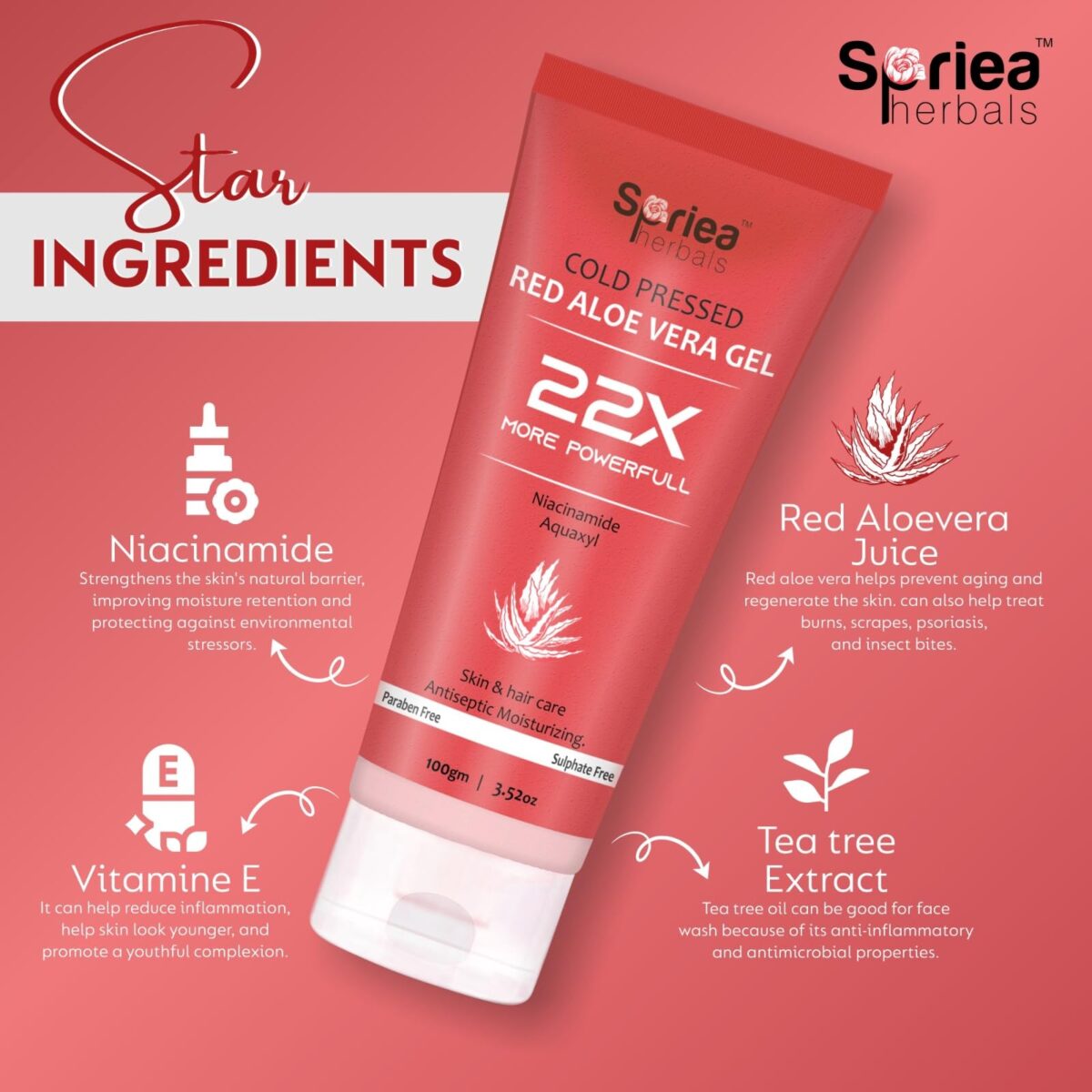The effervescent tablet market is witnessing rapid growth, driven by evolving consumer preferences, advances in pharmaceutical technology, and the rising burden of chronic diseases globally. In 2023, the market was valued at USD 25.33 billion, and it is expected to grow at a CAGR of 8.7% from 2024 to 2032, reaching USD 53.66 billion by 2032. This growth is fueled by several critical factors, including the convenience of effervescent tablets, the increased demand for dietary supplements, and the ongoing shift towards preventive healthcare.
In this detailed analysis, we will explore the key drivers, emerging trends, and challenges shaping the effervescent tablet market, along with a look into the competitive landscape and future market projections.
What Are Effervescent Tablets?
Effervescent tablets are solid pharmaceutical or nutraceutical forms that dissolve in water, releasing active ingredients through a fizzy reaction between acids and bicarbonates. These tablets are widely used in pharmaceuticals, nutritional supplements, and over-the-counter (OTC) medicines. Due to their rapid dissolution, effervescent tablets offer quick absorption, improved bioavailability, and an enhanced user experience, especially for patients who have difficulty swallowing traditional tablets or capsules.
Key Market Trends and Drivers
1. Growing Demand for Nutritional Supplements
The increasing consumer focus on health and wellness has significantly boosted the demand for effervescent tablets, particularly for vitamins and minerals. Since these tablets dissolve quickly and are absorbed efficiently by the body, they are preferred for delivering key nutrients.
- Vitamins and Immune Support: Effervescent tablets containing vitamins C, D, and zinc have become especially popular post-COVID-19, as they are marketed for boosting immune health. Consumers are turning to effervescent formulations for quicker nutrient delivery compared to traditional tablet forms.
- Dietary Supplements: The shift towards preventive health measures, with more consumers taking multivitamins, calcium, magnesium, and other supplements daily, has fueled the growth of effervescent tablets. These supplements are considered more convenient and effective, as they provide higher bioavailability due to rapid dissolution.
2. Increasing Prevalence of Chronic Diseases
Chronic diseases such as cardiovascular disorders, diabetes, arthritis, and gastrointestinal issues require long-term medication. Effervescent tablets are becoming increasingly popular for such conditions because they enhance patient compliance. These tablets are easy to ingest and provide fast relief, reducing the burden of taking multiple pills daily.
- Cardiovascular Health: Effervescent formulations are frequently used for antacids, electrolytes, and anti-inflammatory medications, which are commonly required in patients with cardiovascular conditions.
- Arthritis and Joint Health: Supplements like glucosamine and chondroitin are often delivered through effervescent tablets due to their ease of consumption and superior absorption, particularly among elderly patients.
3. Technological Advancements in Formulation
The effervescent tablet market is benefitting from innovations in pharmaceutical technology, which have made it possible to improve stability, enhance taste, and develop sugar-free or low-sodium formulations. The use of natural sweeteners and flavor enhancements has made these tablets more appealing to health-conscious consumers.
- Improved Stability: Effervescent tablets are traditionally sensitive to moisture, but advancements in packaging and formulation technology have improved their shelf life. Moisture-resistant packaging materials and better production processes ensure that the tablets remain effective over longer periods.
- Personalized Medicine: The trend toward personalized medicine is driving the development of effervescent tablets tailored to individual needs. For example, patients with dietary restrictions or specific health concerns can now access customized formulations.
4. Shifts in Consumer Behavior and Preferences
Consumer preferences are shifting toward more convenient, easy-to-consume products, especially among the aging population and younger adults who lead fast-paced lifestyles. Effervescent tablets are ideal for people who dislike swallowing pills and prefer a more palatable and hydrating alternative.
- Aging Population: As the global population ages, there is a growing need for pharmaceutical forms that are easy to ingest. Elderly patients, in particular, are gravitating toward effervescent tablets for their ease of use and pleasant consumption experience.
- Convenience for On-the-Go Lifestyles: Younger consumers, especially in developed regions, are looking for convenient solutions to maintain their health, and effervescent tablets fit the bill. These tablets are often marketed in portable tubes, making them easy to carry and consume throughout the day.
Key Challenges Facing the Effervescent Tablet Market
1. High Production Costs
Effervescent tablets require specialized manufacturing processes and moisture-resistant packaging, which increases production costs. The costs associated with ensuring stability during storage and transport can be a challenge, especially for small and medium-sized manufacturers. Additionally, the complex formulation of effervescent tablets requires advanced machinery and quality control measures, which further adds to the cost.
2. Regulatory Challenges
The effervescent tablet market is heavily regulated, particularly in the pharmaceutical and dietary supplement sectors. Strict regulations regarding the formulation, packaging, and marketing of these products can act as barriers to entry, particularly for new players. Meeting GMP (Good Manufacturing Practices) and other regional regulations can pose significant challenges for manufacturers.
3. Awareness in Developing Markets
While the effervescent tablet market is well-established in North America, Europe, and parts of Asia-Pacific, its penetration in emerging markets remains limited. Consumer awareness about the benefits of effervescent tablets is relatively low in these regions, and higher costs compared to traditional tablets can hinder market growth.
Regional Insights
1. North America
The North American effervescent tablet market is driven by high healthcare expenditure, advanced pharmaceutical infrastructure, and growing consumer awareness about nutritional supplements. The United States is the largest market in the region, with a high demand for effervescent vitamins and medications aimed at immune support, bone health, and cardiovascular health.
2. Europe
Europe has a strong market presence due to the widespread use of effervescent tablets in both the pharmaceutical and nutraceutical industries. Major players such as Bayer AG and GSK plc are based in Europe, and the region benefits from high levels of consumer health awareness and favorable regulatory environments.
3. Asia-Pacific
Asia-Pacific is expected to witness the fastest growth during the forecast period, with India, China, and Japan being the key markets. The growing awareness of preventive healthcare, coupled with increasing disposable income, is driving demand for effervescent nutritional supplements and pharmaceuticals.
Competitive Landscape
The effervescent tablet market is highly competitive, with leading global players investing in R&D, new product development, and strategic collaborations to expand their market share. Key players in the market include:
- Pfizer Inc.
- GSK plc
- Novartis AG
- Bayer AG
- Perrigo Company plc
- Reckitt Benckiser Group PLC
- Bristol-Myers Squibb Company
These companies are focusing on innovation and sustainability in their product offerings. For instance, sugar-free formulations and eco-friendly packaging are becoming increasingly important as consumers look for healthier and more environmentally friendly alternatives.
Recent Developments and Innovations
- Product Launches: Major pharmaceutical companies are consistently introducing new effervescent products that target specific health concerns, such as immune support, joint health, and hydration.
- Collaborations and Partnerships: Strategic partnerships between pharmaceutical giants and nutraceutical companies have led to significant innovations, improving the formulation and delivery of effervescent products.
- Investment in Sustainability: Companies are focusing on sustainable packaging solutions, such as recyclable tubes and reduced plastic use, to align with growing consumer demand for environmentally friendly products.
Future Outlook: 2024-2032
Looking ahead, the effervescent tablet market is poised for substantial growth. The market is expected to reach USD 53.66 billion by 2032, driven by innovations in formulation technology, increasing consumer demand for convenient healthcare solutions, and rising chronic disease prevalence. Opportunities in emerging markets and expansion of product portfolios will play a crucial role in sustaining this growth trajectory.




